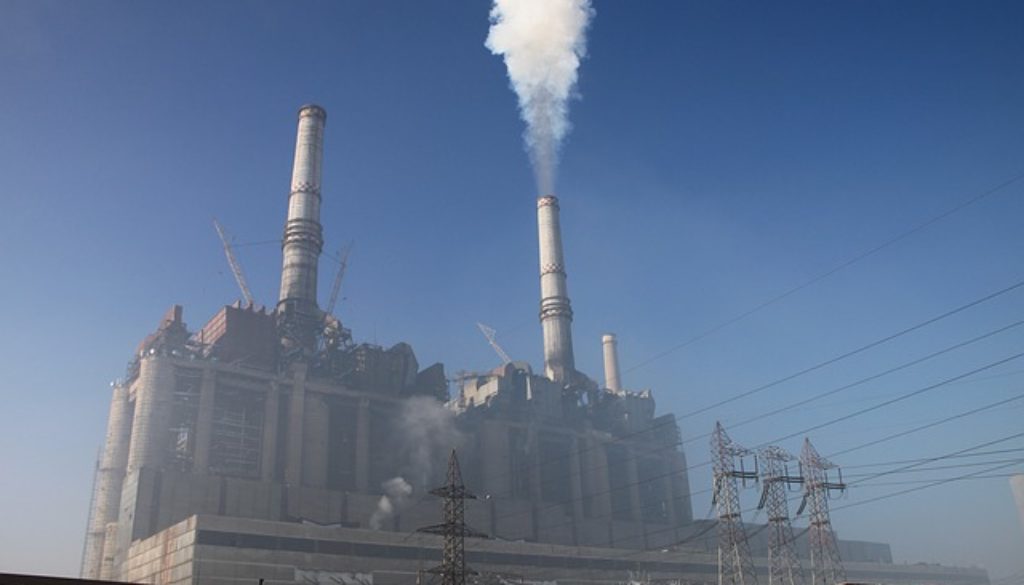Clean Power Plan Litigation’s Latest Turn
By David Doniger, Natural Resources Defense Council
NRDC and other health and environmental organizations, together with forward-leaning states and cities and leading companies, filed briefs this afternoon addressing the next steps in litigation over the Clean Power Plan, the first-ever limits on dangerous carbon pollution from the nation’s power plants. Read our brief here.
EPA Administrator Scott Pruitt made headlines earlier this month announcing that he had “recused” himself from participating in the Clean Power Plan case and other lawsuits that he initiated in his former life as Oklahoma Attorney General.
But there’s far less there than met the eye, because Pruitt did not remove himself from making EPA’s future decisions on how to change or repeal the Clean Power Plan. Pruitt’s hand is still very much on the kill switch for controls on carbon pollution and the other EPA rules he attacked. And he’s just behind the curtain in the litigation.
Pruitt wants at all costs to avoid having the D.C. Circuit decide the pending Clean Power Plan case – argued for an extraordinary seven hours before a 10-judge panel last September – before he can work his will from the inside. So, soon after Trump issued his energy executive order in March, Justice Department lawyers asked the court to put the Clean Power Plan case on ice indefinitely, by “holding it in abeyance” until Pruitt completes a new rulemaking to change or repeal the Plan.
Normally, when a court holds a case “in abeyance,” the underlying rules remain in effect unless and until the agency follows the rule of law to change them. That requires issuing a detailed proposal, holding public hearings and taking public comment, and giving compelling legal and factual reasons for the agency’s final decision – a process that can take a year or two. And after that, the agency has to defend its new decision in court.
So for most rules, if the court gives the new administration some time to revisit past decisions, it does so knowing that current rules will stay in place in that time, and that injured parties will have a chance for court review when they’re changed.
The Clean Power Plan is different, however, because of the Supreme Court’s unusual decision, in February 2016, to “stay” the Plan while the appeals court considered and ruled on Pruitt’s and other’ legal challenges. The Supreme Court’s stay was supposed to last only for a limited time – the time needed for the appeals court to rule, and (if it takes the case) for the Supreme Court to review that ruling.
Pruitt is now trying to make the Supreme Court stay last indefinitely. This would have the perverse effect of letting Pruitt effectively kill the Clean Power Plan for as long as he likes by doing nothing. It would let him erase the Clean Power Plan without following the legal requirements for changing a prior regulation.
In late April, the appeals court appeared to recognize this important difference between the Clean Power Plan and other cases before it. The court asked for supplemental briefs on options for letting Pruitt go through a rulemaking to change the Clean Power Plan, but without giving him the free pass that would come from indefinitely extending the Supreme Court’s stay. Specifically, the court asked for comment on “remanding” the cases instead of holding them in abeyance.
Our brief filed today underscores that holding the case in abeyance is the worst possible option. It would let Pruitt turn a temporary stay pending judicial review into a hall pass to avoid judicial review indefinitely. It would let him kill the Clean Power Plan by inaction, without responding to the public and without having to defend his actions before the court. A “remand” would end the stay and thereby avoid this bad outcome.
Fundamentally, however, we argue that the court’s responsibility is to decide the case.
Our brief recalls that the fight to curb power plants’ dangerous carbon pollution under the Clean Air Act has already gone on for nearly 20 years. Every year carbon dioxide levels just keep rising and the dangerous impacts of climate change keep getting more severe.
If the court postpones its decision, there’ll be years more delay before the fundamental legal issues are resolved and years more delay before polluters have to cut their dangerous climate-changing pollution.
It’s the court’s role to decide basic, high-stakes legal battles like this. A decision on the merits would determine the validity of important regulations currently on the books, settle key Clean Air Act legal issues that have been in contention for years, and set the legal boundaries for EPA’s action going forward.
The court is likely to issue a further ruling by the end of June, when its current pause ends.
Whatever Pruitt does, NRDC and its partners will defend EPA’s authority to curb carbon pollution under the Clean Air Act. We’ll hold Pruitt to account in the court of public opinion, and we’ll take him to court any time he breaks the law.
Americans want their leaders to act on climate. They will punish politicians who don’t.

